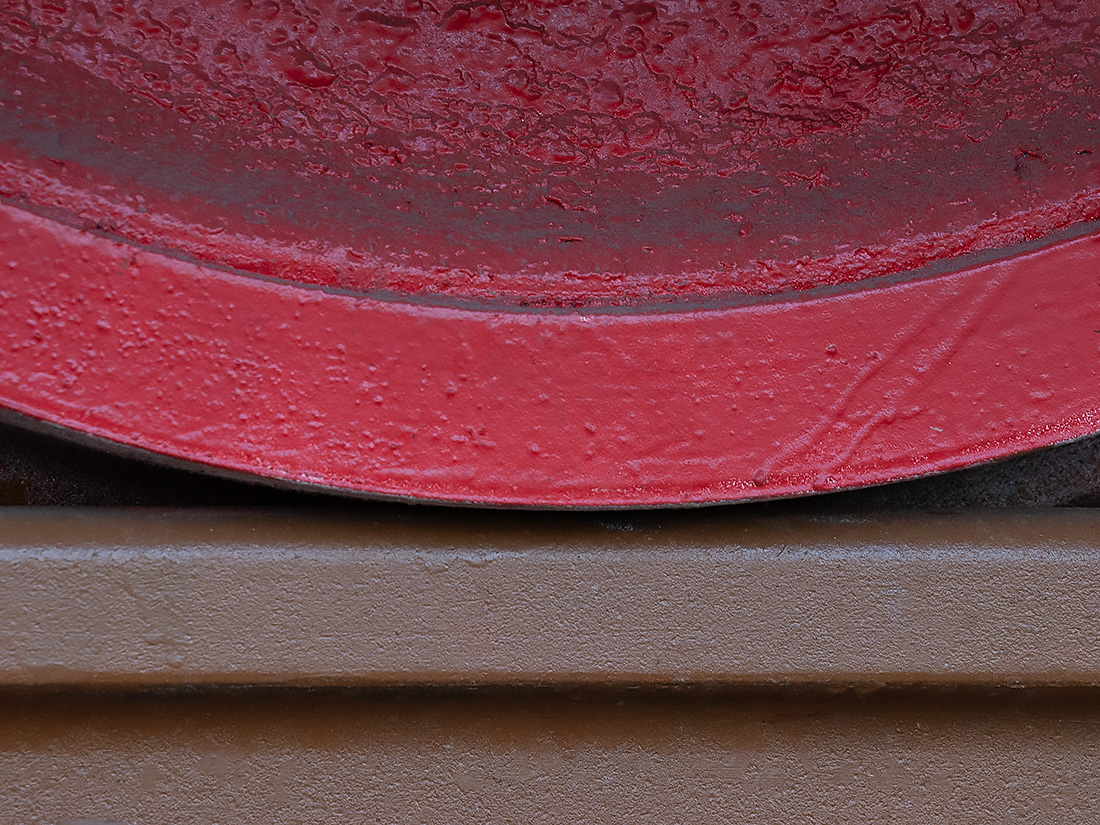Following the October Revolution there was an atmosphere of creative ferment in the world of Russian art. Like the communist goal of imposing new ways of structuring society, in the arts there was a search for new ways to structure art, both in its purposes and its forms of expression.
The revolution's objective was to build a new society, and literature, art, and architecture were in the vanguard. Different schools of art emerged. Suprematism is an example of one of these schools (paintings in the suprematism style are shown below). The most interesting of the new forms for me, however, was constructivism. The USSR was building a new world, and "building" inherently means "constructing", hence the term constructivism from the root word "construct ".
The focus of this was on all things industrial and construction related and included, of course architecture. Architecture of this period was varied. Some design was pleasant and livable, some was brutalist, and some was altogether weird …and certainly revolutionary. It was a time of experimentation in all the disciplines.
If we look at photography as an expression of constructivism, we look for photographs that are based on, and glorify as art, raw themes of machinery, factories, and construction projects.
Bucolic rural landscapes were seen as appropriate for decadent capitalist societies, but for the visionaries planning the new society in the USSR what was needed was vigorous art that saw beauty in the tools of creation of this revolutionary nation in the process of industrialization.
The period of openness and experimentation lasted a short period, just till Joseph Stalin took full control of the USSR. Dictators and free thinking experimenters co-exist poorly. Stalin snuffed out innovation and initiated a period of rigid control of the arts and imposed strict adherence to traditionalist approaches.
The photos below meet the broad definition of constructivism. I am attracted to finding abstract, artistic designs in the common and mundane things around us, and industrial settings are rich in these opportunities. Below are a few examples, and more will be added as I identify them in my collections.

Prof. Rodger Randle
The paintings above are examples of suprematism, one of the many new schools of art that flourished in Russia in the period between the October Revolution and Stalin's rise to power.
The photographs below are mine and represent the constructivist style. The video following the photos is a clip from Dziga Vertof's movie of 1929.

























